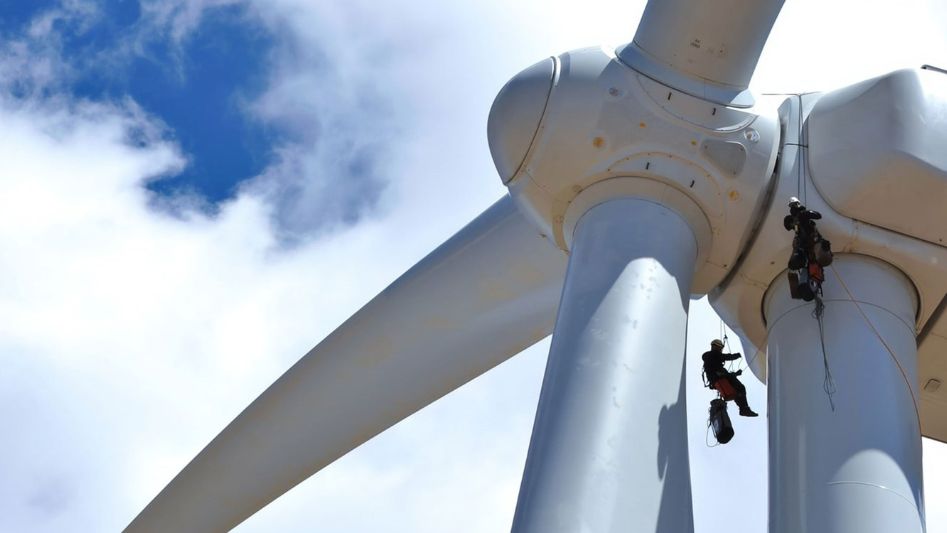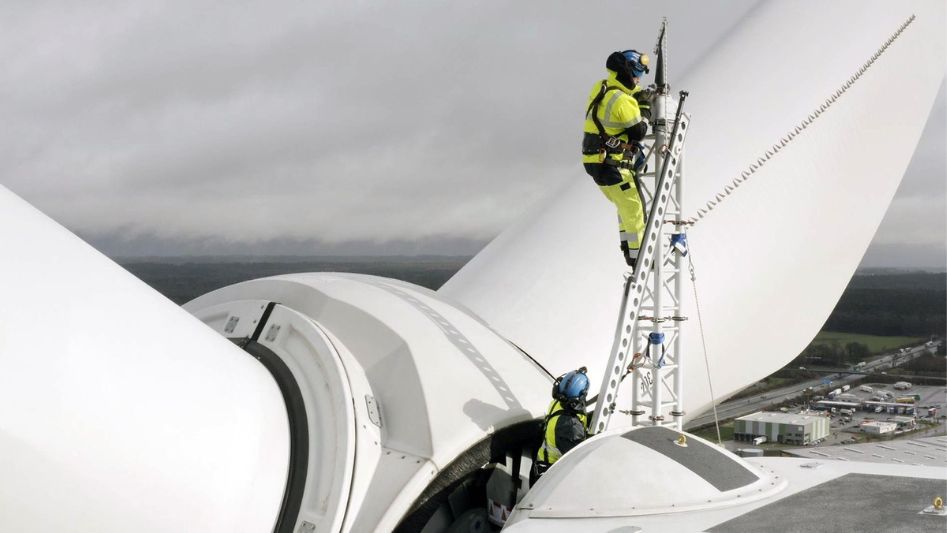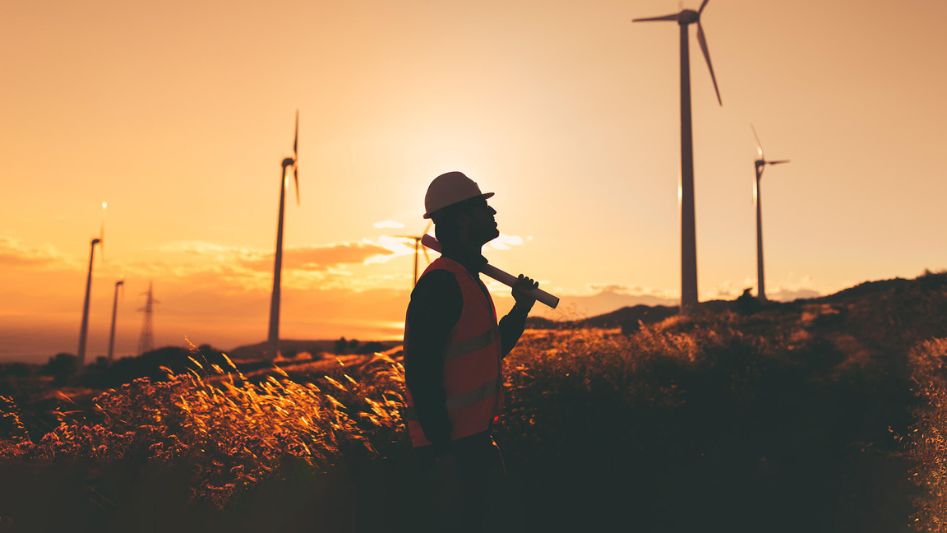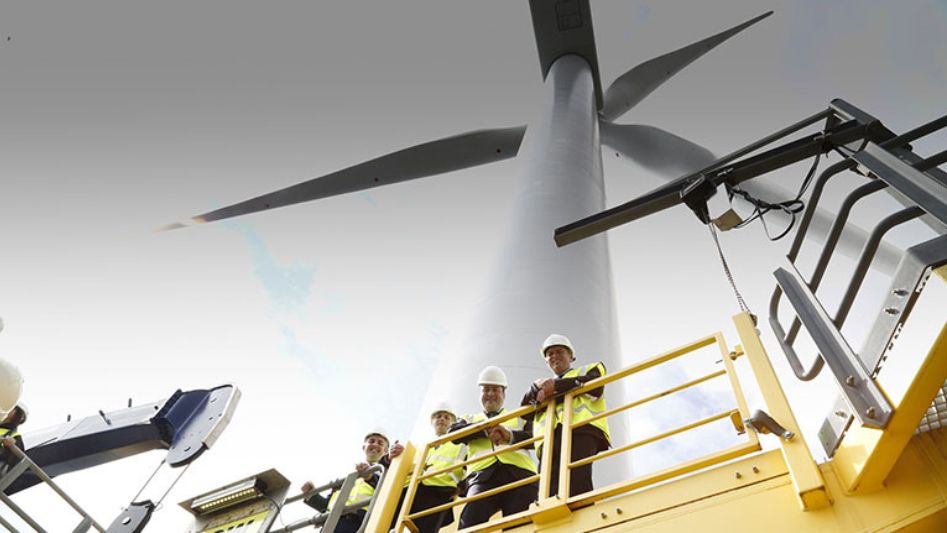The increasing demand for energy coupled with the need to reduce carbon emissions has led to the development of various forms of renewable energy. Among these, wind energy has emerged as a popular source of clean energy. Wind turbines generate electricity by harnessing the power of the wind, which is an abundant and renewable resource. While wind energy is known for its environmental benefits, it also has a significant social impact, particularly in terms of job creation and economic development.
Table Of Content
We invite you to read: “The Importance of Wind Energy in the Energy Transition”

Wind Energy and Job Creation
One of the significant benefits of wind energy is job creation. Wind farms require a range of personnel, from engineers and technicians to construction workers and administrative staff. The growth of the wind energy sector has resulted in the creation of numerous jobs, particularly in rural areas where wind farms are often located. According to the American Wind Energy Association, the wind energy industry employed over 120,000 workers in 2020, with the potential to create even more jobs in the future.
In addition to direct job creation, wind energy also contributes to indirect job creation through the supply chain. The manufacture of wind turbines, for example, requires raw materials, components, and equipment, all of which provide employment opportunities. The growth of the wind energy industry can, therefore, have a significant impact on the local and regional economies.
Economic Development Through Wind Energy
Wind energy also has the potential to contribute to economic development. Wind farms often provide a new source of income for rural communities, which can be particularly beneficial in areas where traditional industries, such as agriculture and manufacturing, have declined. Wind energy projects can also generate revenue for local governments through taxes and lease payments.
Moreover, wind energy can stimulate economic development through the creation of new businesses. For example, companies that provide maintenance services for wind turbines, or that specialize in the manufacture of components, can emerge as the wind energy sector grows. These businesses can, in turn, create additional job opportunities and contribute to the local economy.
We invite you to read: “The Benefits of Distributed Wind Energy Systems”

Advantages and Disadvantages of Wind Energy
While wind energy has many advantages, it also has some disadvantages. Some of the advantages of wind energy include:
- Wind energy is a renewable source of energy and does not produce greenhouse gas emissions.
- Wind energy is cost-effective and can reduce energy costs for consumers.
- Wind turbines have a small footprint and can be located on land that is also used for other purposes, such as agriculture.
Some of the disadvantages of wind energy include
- Wind energy is variable and can be affected by weather conditions, which can make it difficult to rely on as a primary source of energy.
- Wind turbines can be noisy, and some people may find them visually unappealing.
- Wind turbines can pose a risk to birds and bats.
Wind Energy Policies and Regulations
Governments around the world have implemented policies and regulations to promote the growth of the wind energy sector. These policies often include incentives, such as tax credits and subsidies, that encourage investment in wind energy projects. Governments may also establish targets for the amount of energy that must be generated from renewable sources, which can drive the development of wind energy.
However, wind energy projects must comply with a range of regulations, such as those related to environmental protection and land use. The development of wind energy projects can sometimes face opposition from local communities, particularly when it comes to issues such as noise and visual impact.
We invite you to read: “The Role of Government in Promoting Wind Energy”

Conclusion
The social impact of wind energy extends beyond its environmental benefits. Wind energy projects create job opportunities and contribute to economic development, particularly in rural areas. While wind energy has some disadvantages, such as its variability and potential impact on wildlife, its advantages, such as its cost-effectiveness and small footprint, make it an attractive source of clean energy. Governments can play a crucial role in promoting the growth of the wind energy sector through policies and regulations that encourage investment and the development of wind energy projects.
FAQ
How does wind energy benefit rural communities?
Wind energy projects can provide a new source of income for rural communities, particularly in areas where traditional industries have declined. Wind energy can also generate revenue for local governments through taxes and lease payments.
What types of jobs are created by wind energy projects?
Wind energy projects require a range of personnel, including engineers, technicians, construction workers, and administrative staff. The manufacture of wind turbines and components can also create job opportunities.
How does wind energy compare to other sources of energy in terms of cost?
The cost of wind energy has decreased significantly in recent years, making it one of the most cost-effective sources of energy. Wind energy can also reduce energy costs for consumers.
Are there any downsides to wind energy?
While wind energy has many advantages, it also has some disadvantages. Wind energy is variable and can be affected by weather conditions, which can make it difficult to rely on as a primary source of energy. Wind turbines can also be noisy and visually unappealing, and they can pose a risk to birds and bats.
You May Also Like
- The Advantages and Disadvantages of Community Wind Energy Projects
- A Beginner’s Guide to Wind Energy: How It Works and What It Powers
- How Wind Energy is Changing the Landscape of Energy Generation
- The Economics of Wind Energy: A Cost-Effective Solution for Electricity Generation
- Offshore Wind Farms: The Advantages and Challenges

